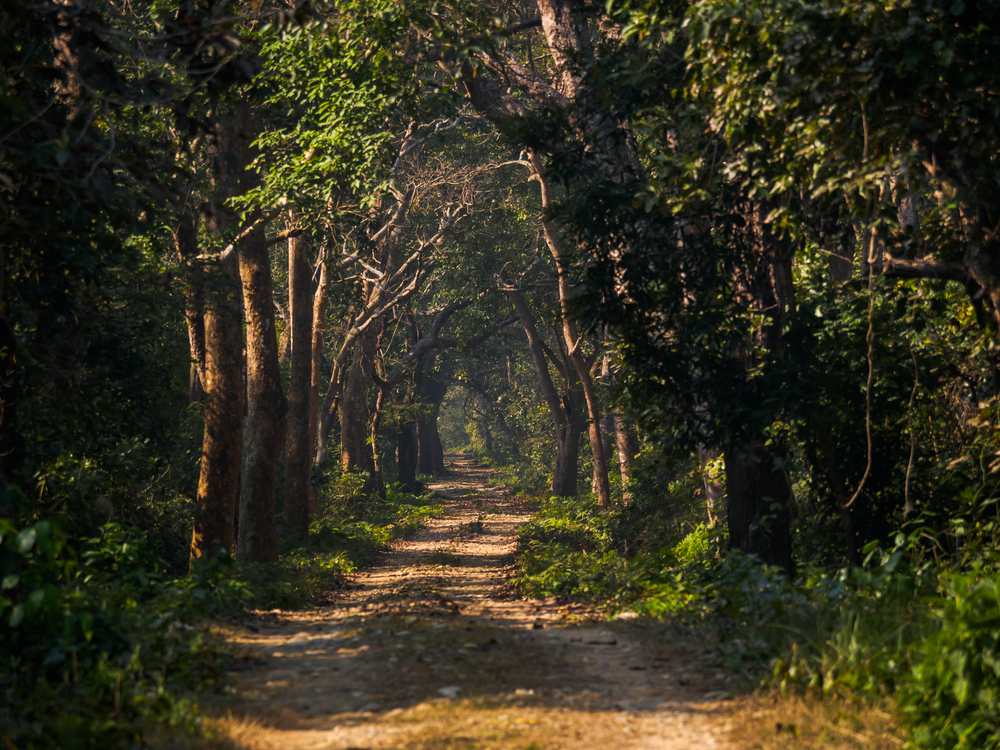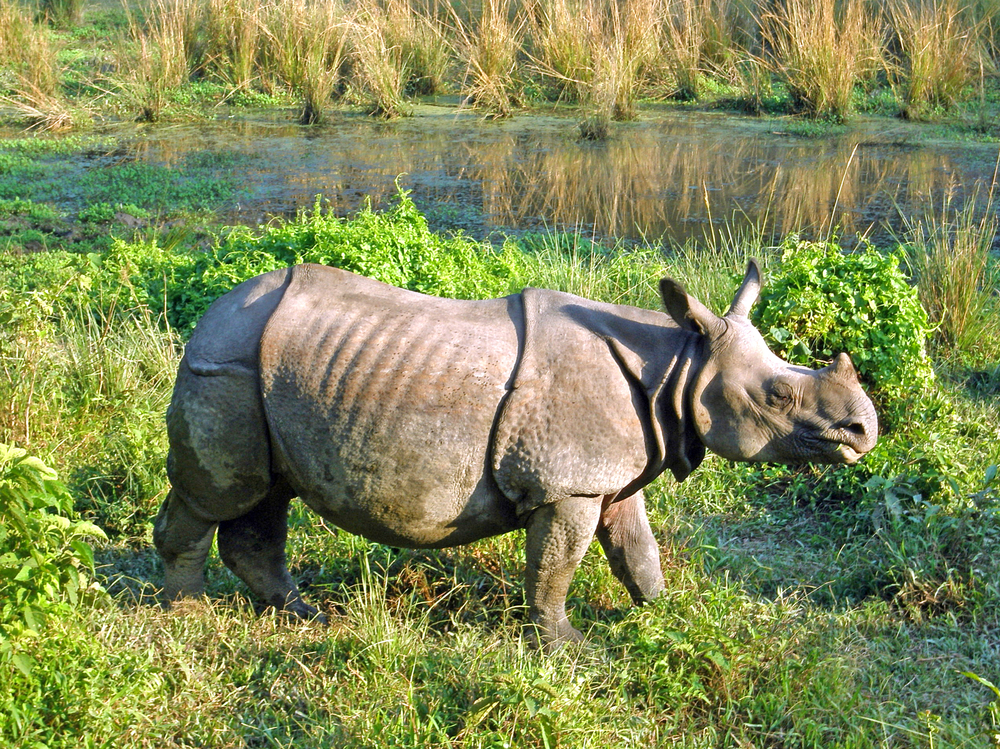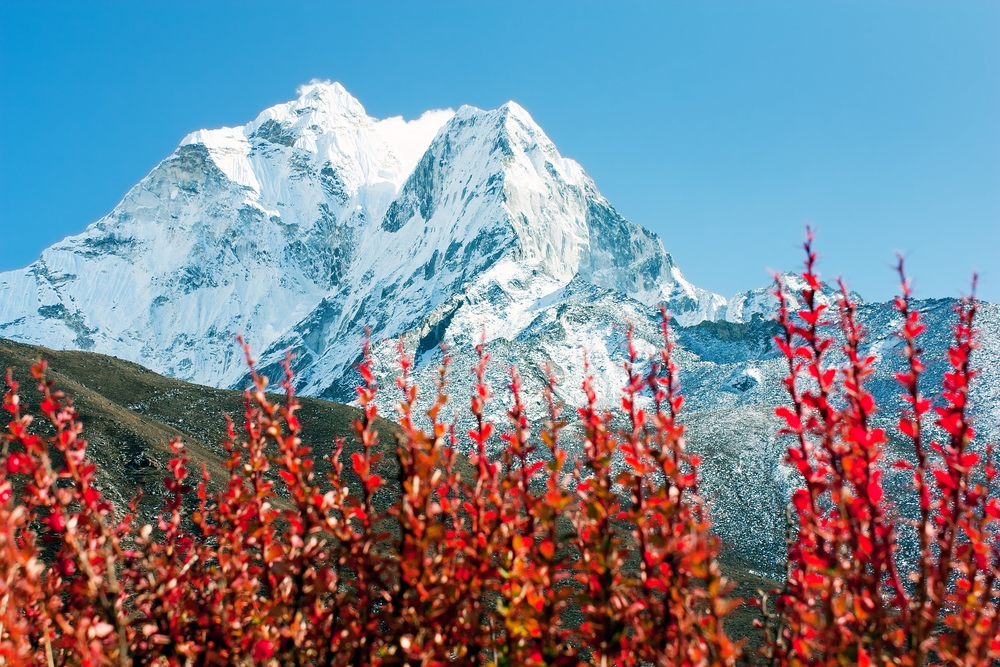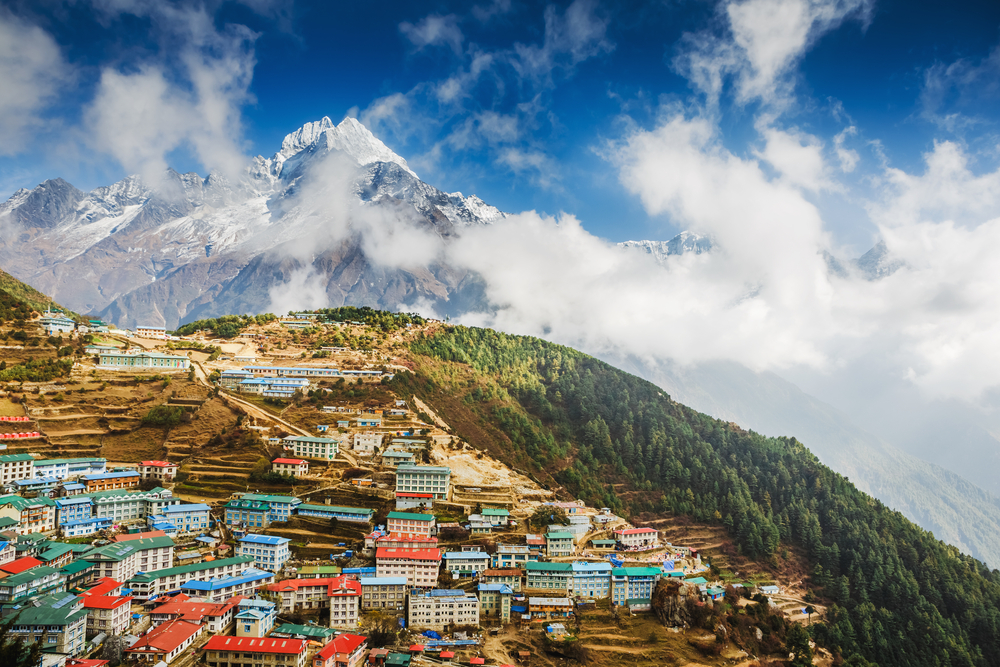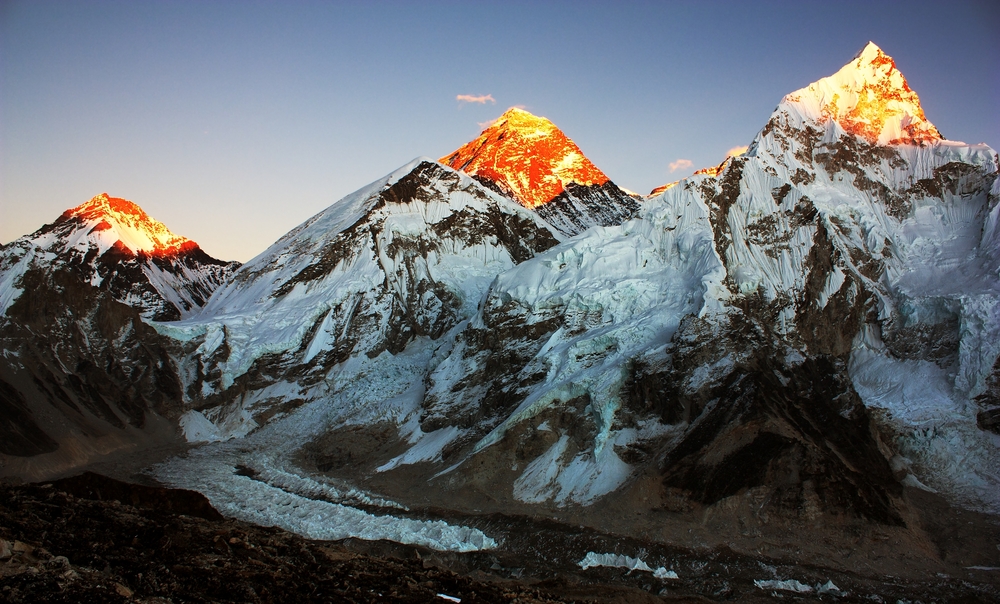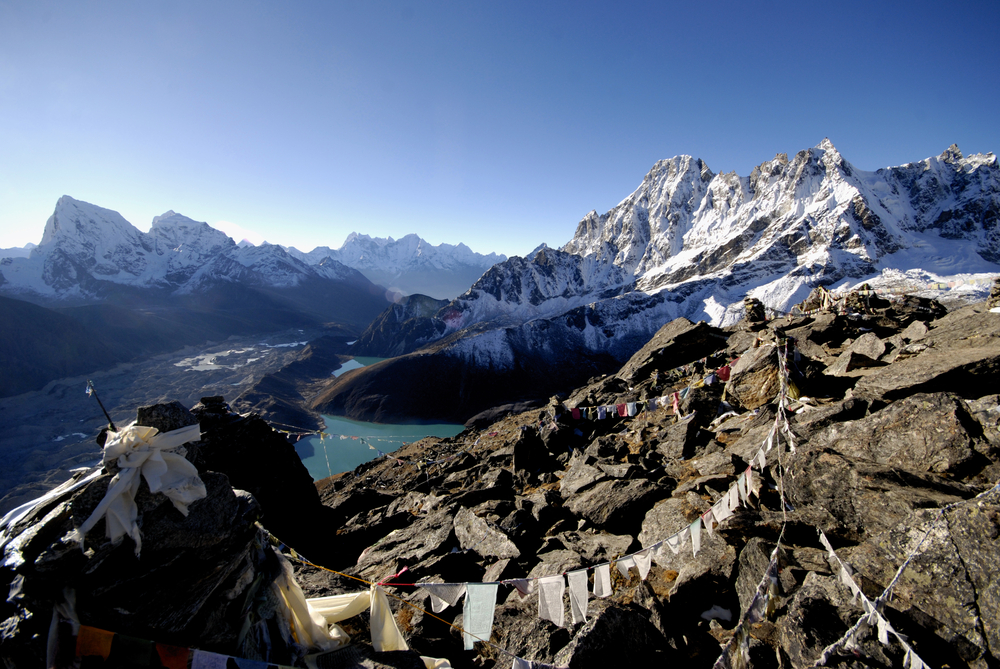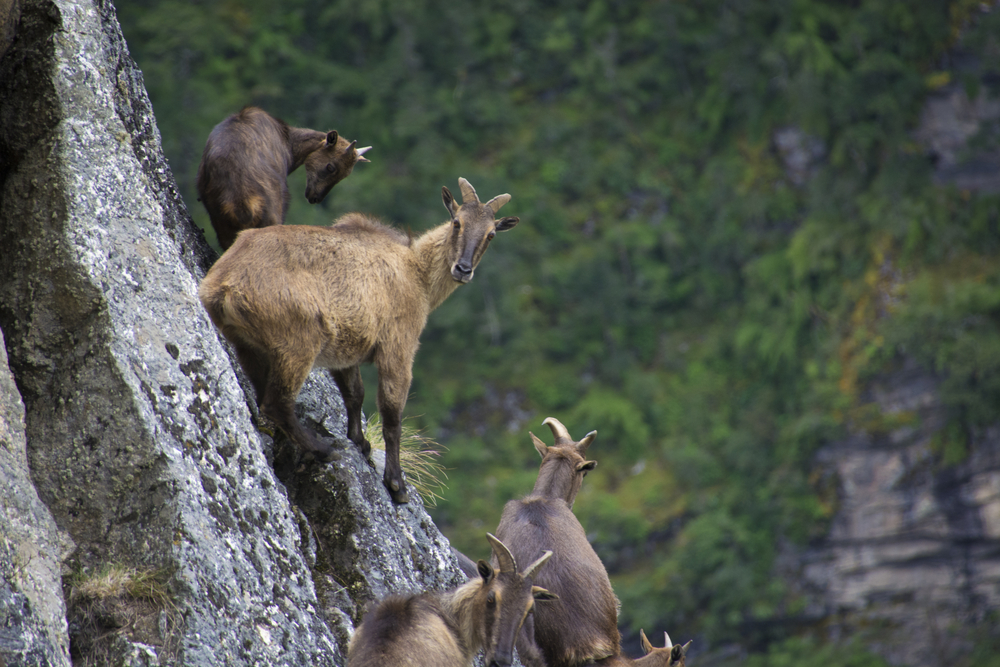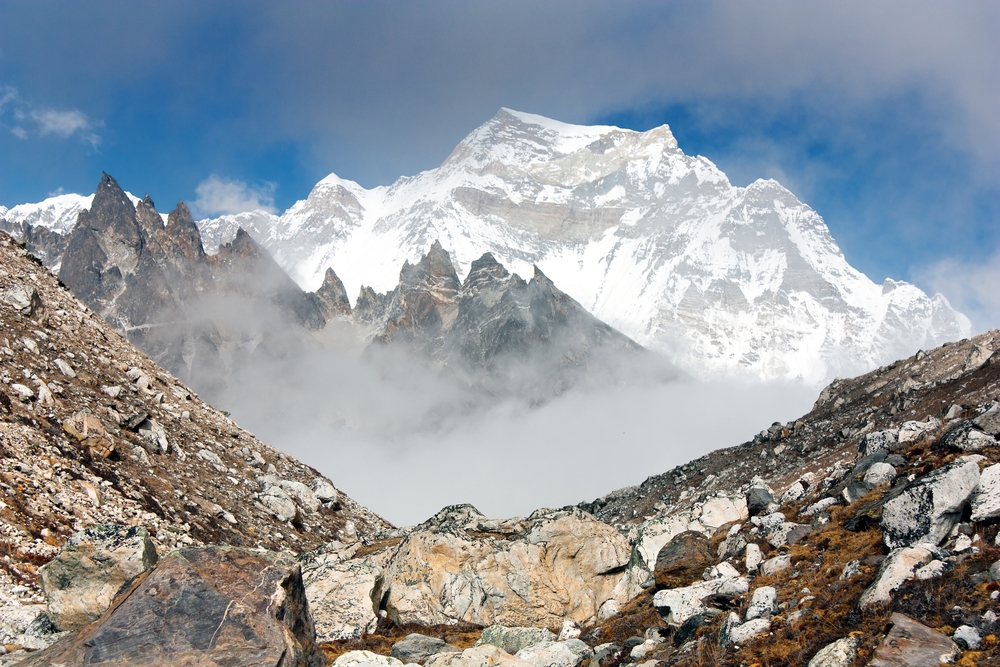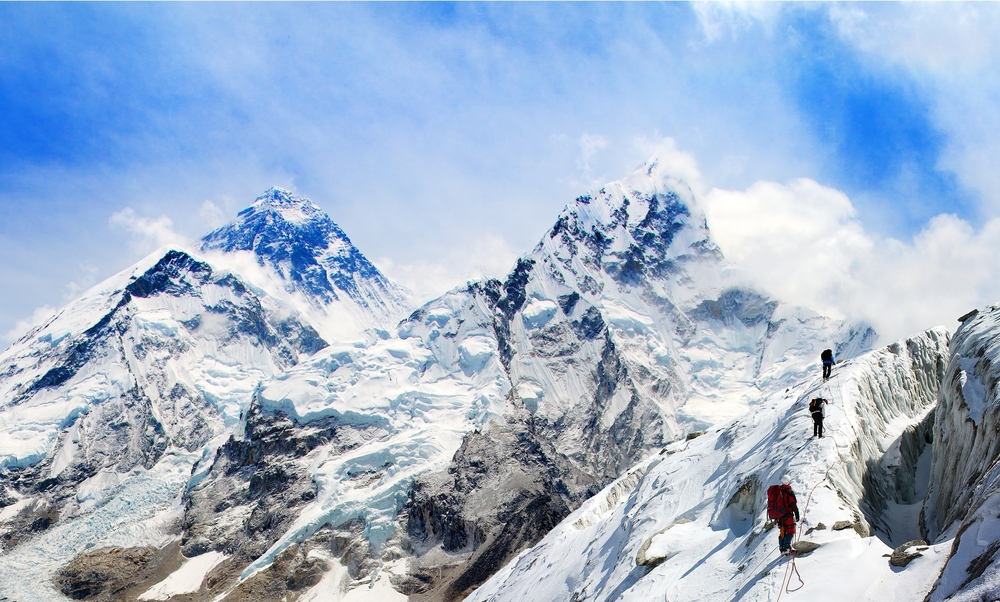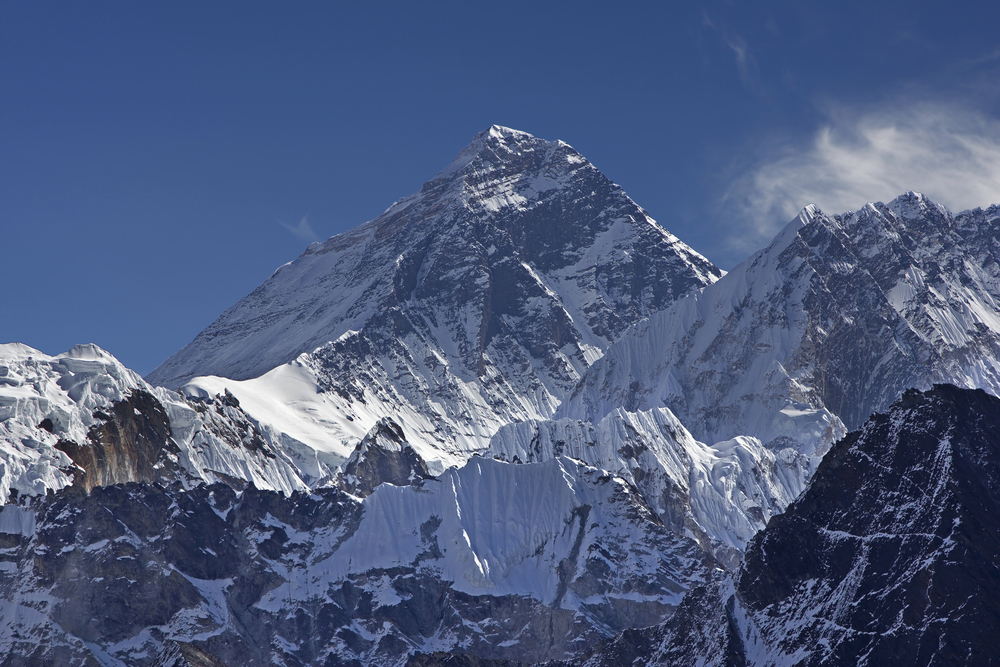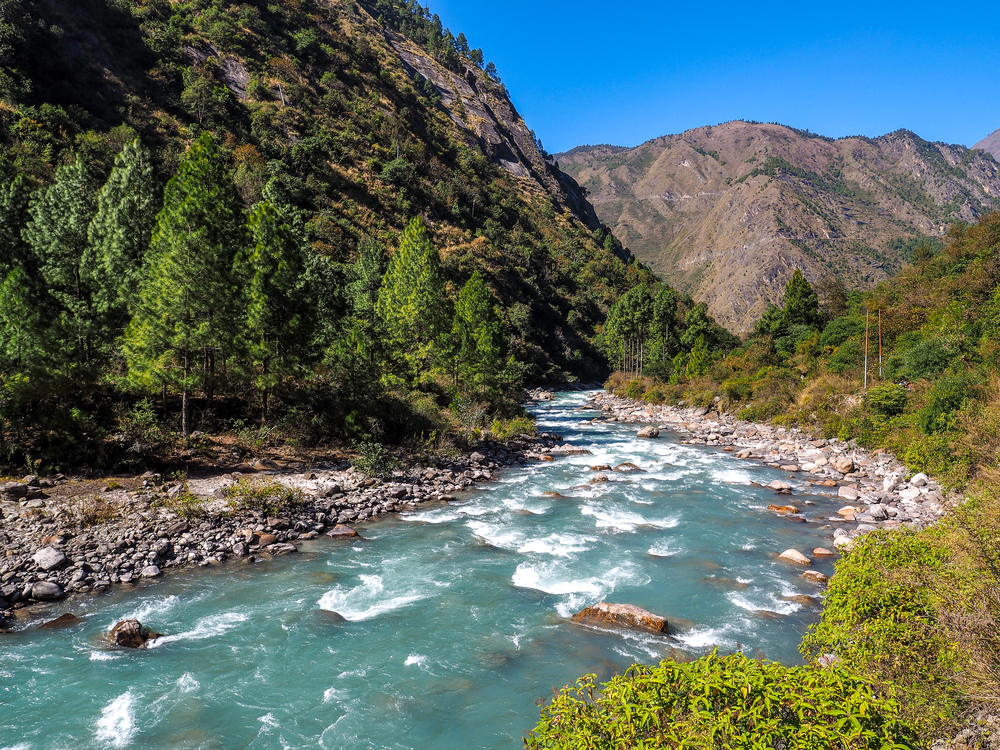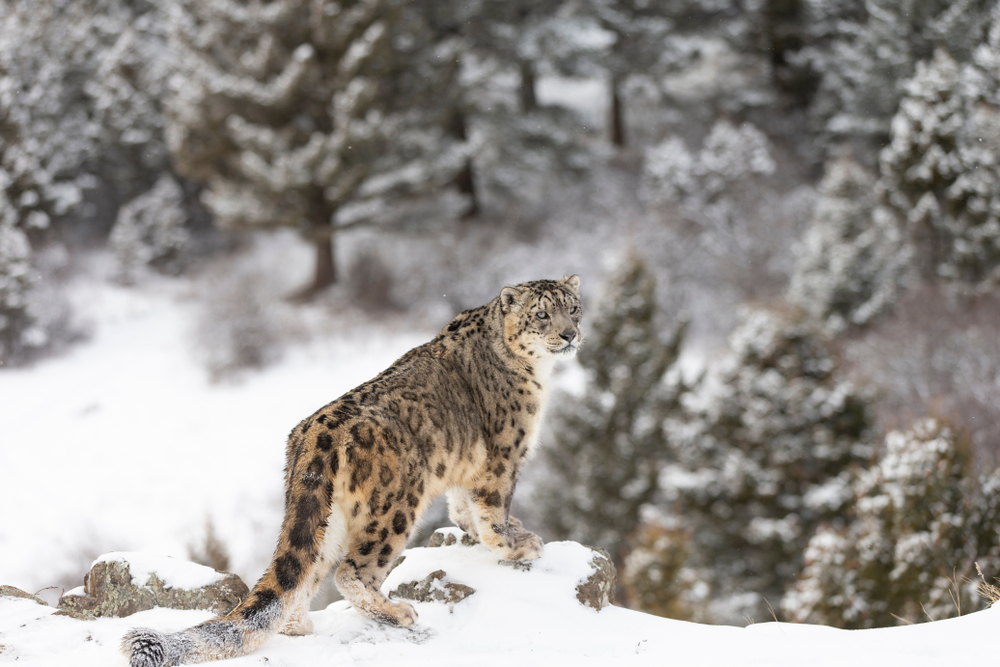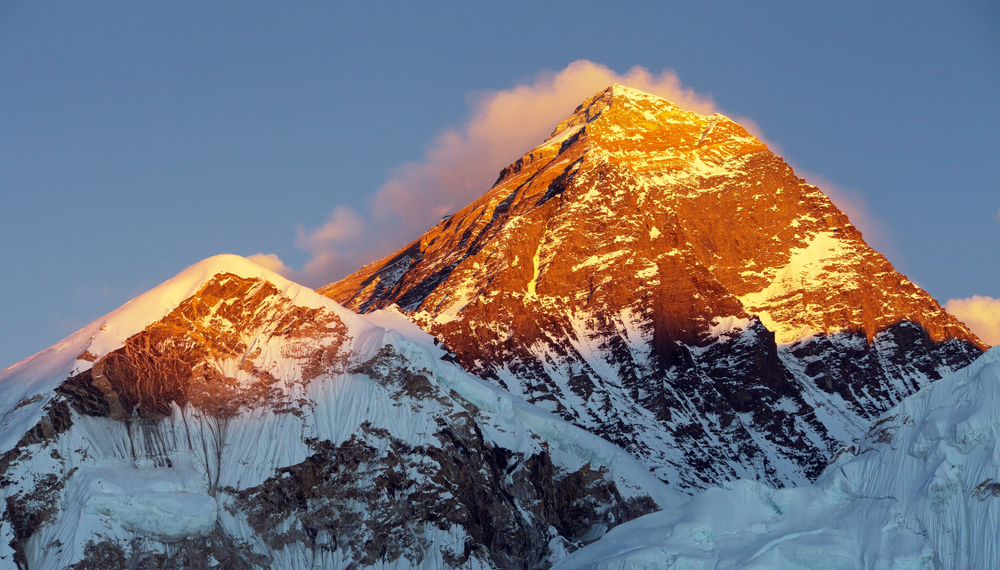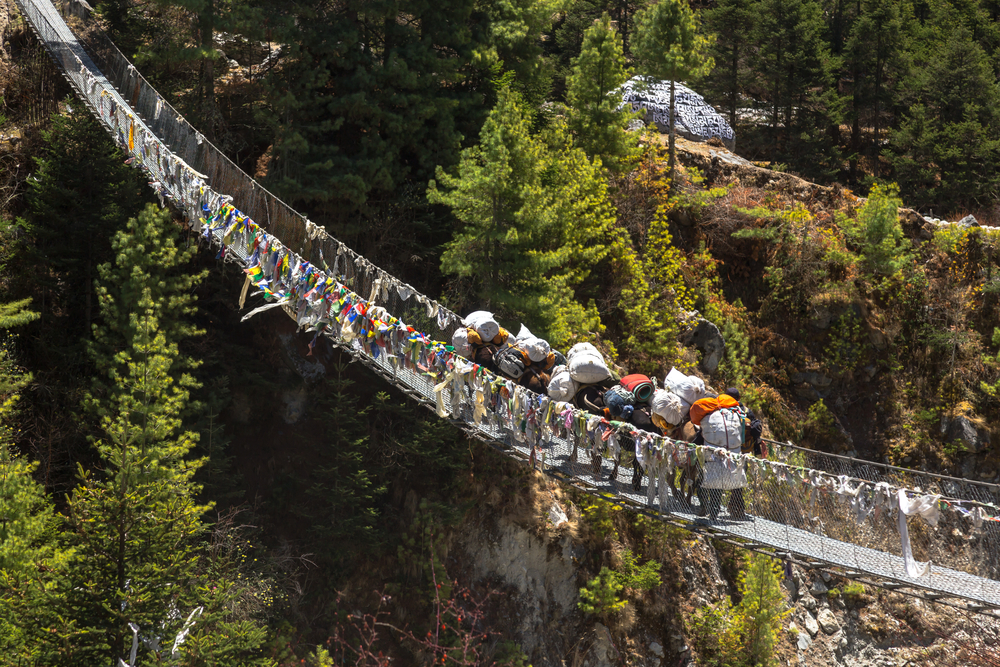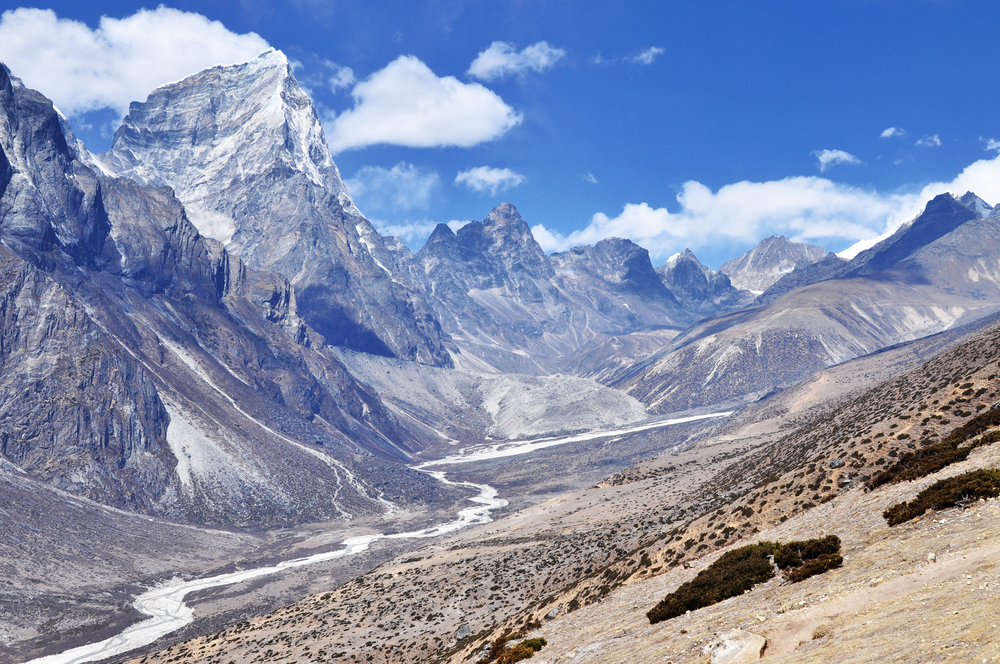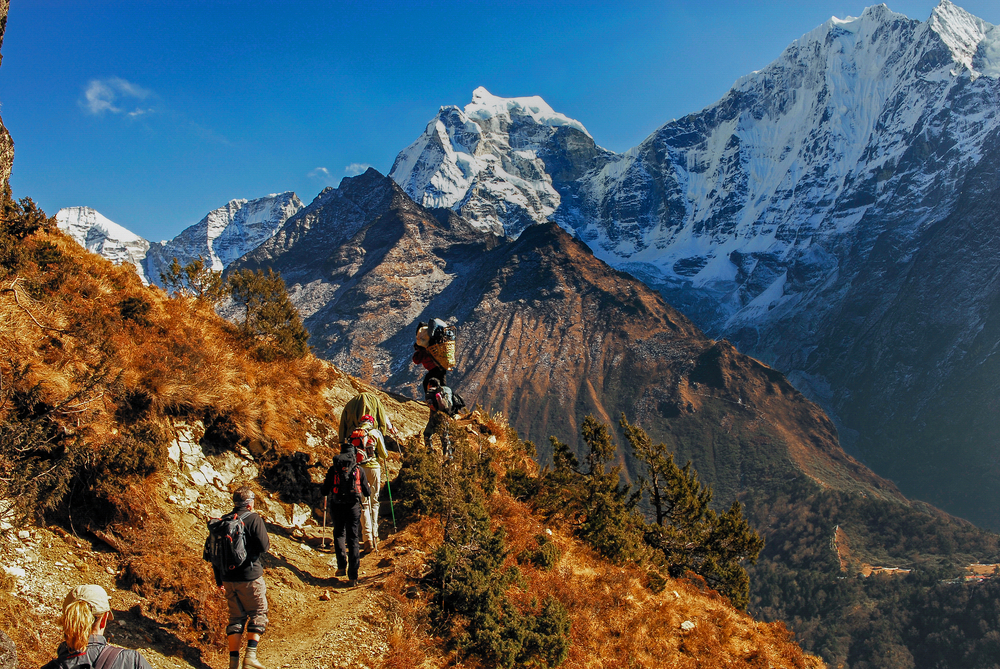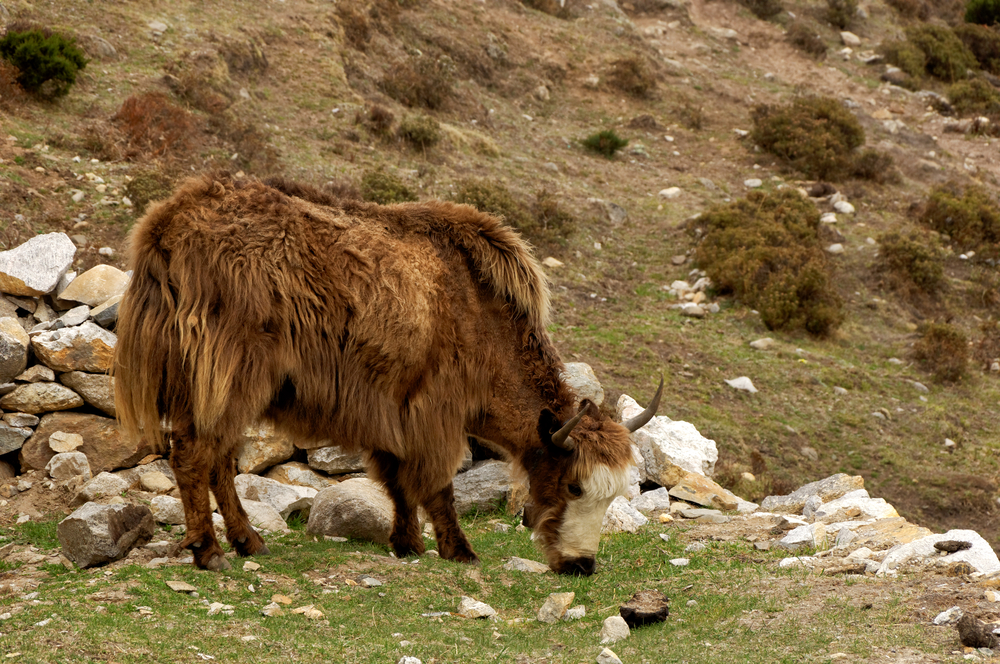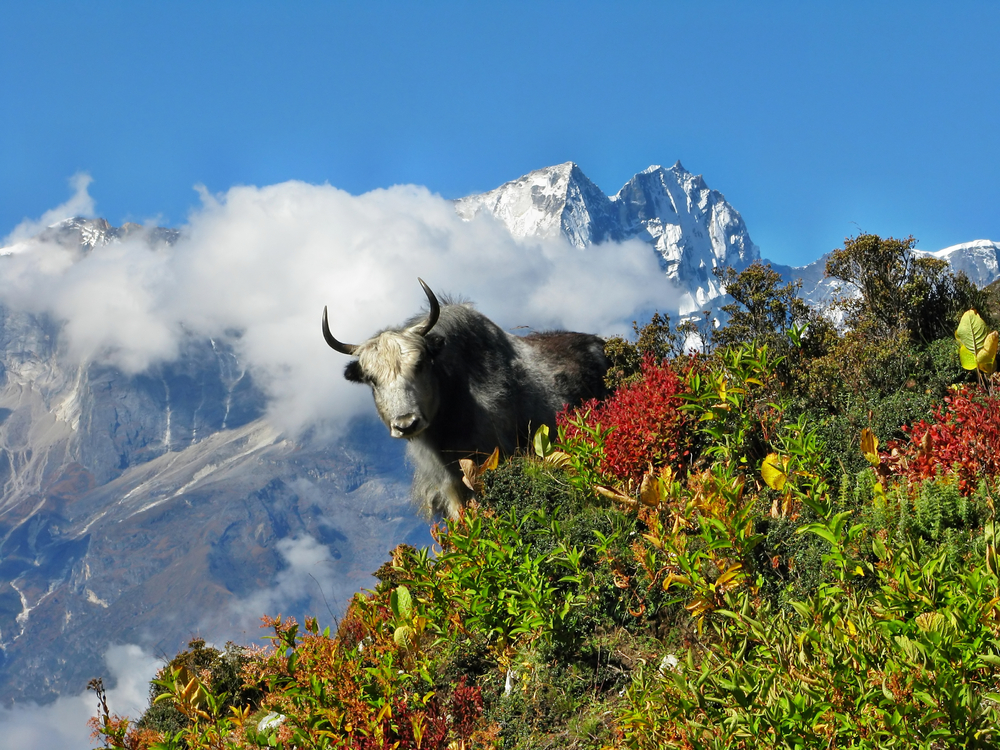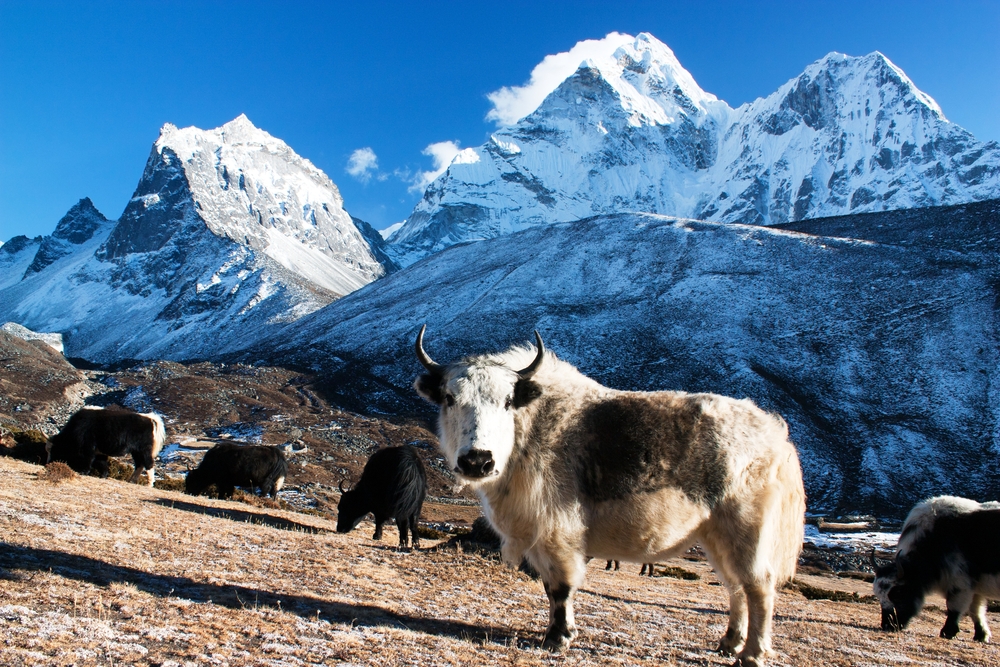Sagarmatha Overview
Sagarmatha National Park, nestled in the heart of the Himalayas in northeastern Nepal, is a remarkable natural wonder that encompasses the highest peak in the world, Mount Everest, locally known as Sagarmatha. Established in 1976 and designated a UNESCO World Heritage Site in 1979, the park covers an area of 1,148 square kilometers (about 443 square miles), ranging in altitude from 2,845 meters (9,334 feet) at its lowest point to 8,848 meters (29,029 feet) at the summit of Everest.
This rugged and dramatic landscape is characterized by deep gorges, glaciers, and towering peaks, making it one of the most iconic destinations for mountaineers and adventure seekers from around the globe. Beyond Mount Everest, the park is home to several other prominent peaks, including Lhotse, Cho Oyu, and Ama Dablam, offering a breathtaking panorama of the Himalayas.
Sagarmatha National Park is not only significant for its geological features but also for its rich biodiversity. Despite the harsh conditions, the park harbors a variety of flora and fauna adapted to high altitude. The forests are dominated by pine and hemlock, with rhododendron and birch trees at lower elevations, providing habitat for species such as the snow leopard, Himalayan tahr, and red panda. The region is also an important bird area, supporting species like the Impeyan pheasant, Nepal’s national bird.
The park is steeped in cultural significance as well, being the homeland of the Sherpas, an ethnic group renowned for their mountaineering expertise. Traditional Sherpa villages dot the landscape, with Buddhist monasteries and stupas adding to the cultural tapestry of the area.
For visitors, Sagarmatha National Park offers a range of trekking and climbing experiences, from the famous Everest Base Camp trek to more challenging ascents of the world’s highest peaks. The journey through the park is not only a physical challenge but also a spiritual journey, offering profound encounters with nature’s grandeur and the resilience of human spirit amidst the Earth’s highest peaks.
Park Map
Sagarmatha National Park Trails
Related National Parks More Nepal
Sources
- Beautiful World, Sagarmatha National Park, https://www.beautifulworld.com/asia/nepal/sagarmatha-national-park/, retrieved April 2024.
- Britannica, Sagarmatha National Park, https://www.britannica.com/place/Sagarmatha-National-Park, retrieved April 2024.
- Government of Nepal, Sagarmatha National Park, https://www.sagarmathanationalpark.gov.np/, retrieved April 2024.
- Naturally, Nepal, Sagarmatha National Park, https://www.welcomenepal.com/places-to-see/sagarmatha-national-park.html, retrieved April 2024.










































































